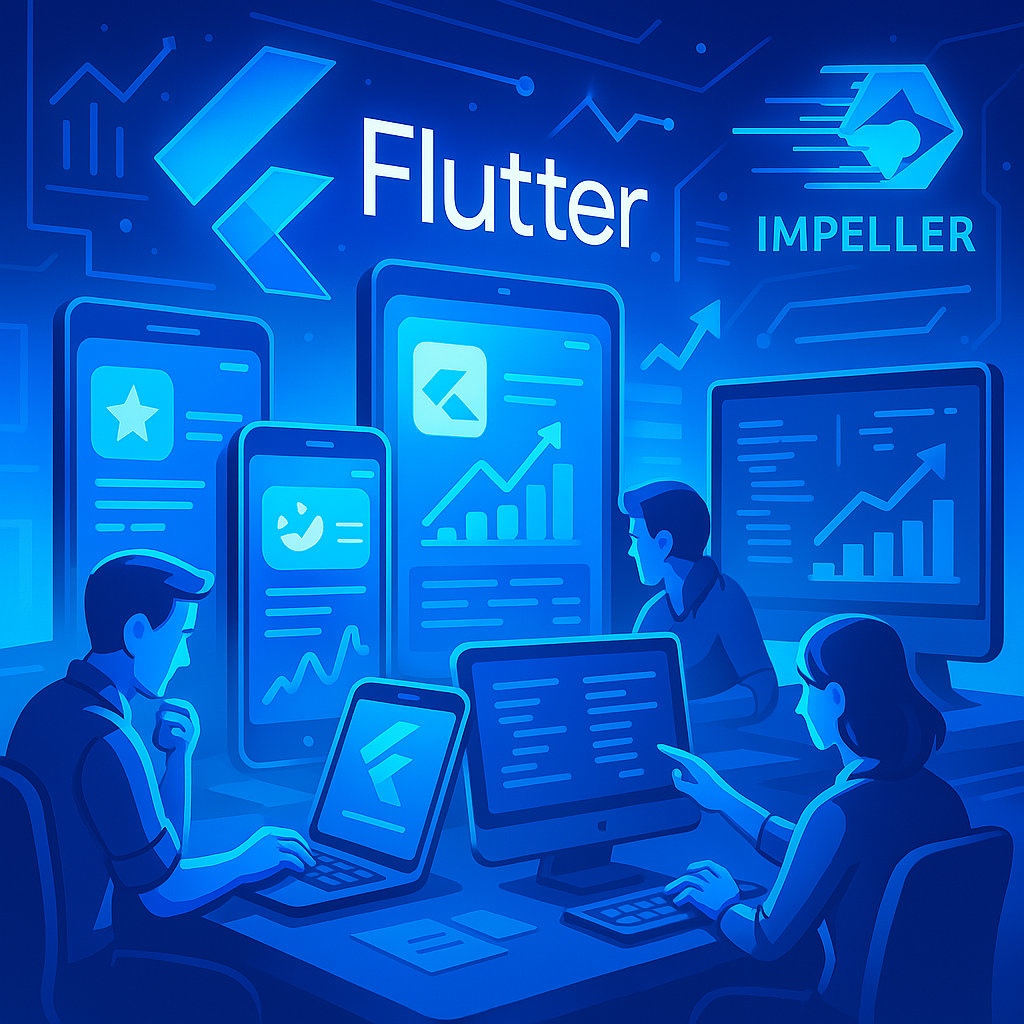Flutter has solidified itself as one of the most powerful frameworks for cross-platform app development. As we enter 2025, the competition in the app marketplace is fiercer than ever, and users have come to expect blazing-fast performance, silky-smooth interfaces, and innovative features. The good news? You don’t need to jump ship to a new framework to deliver all of this! By leveraging the latest techniques and best practices, you can dramatically supercharge your Flutter app’s performance and user experience.
In this article, we’ll reveal seven actionable secrets to take your Flutter app to the next level in 2025—no framework swaps required!
1. Embrace Code Splitting and Feature Modules
As your Flutter application grows, so does its codebase. Loading everything at once can lead to slow startups and bloated binaries. In 2025, efficient code splitting is a must!
How to implement:
- Use Dart’s deferred imports to load features only when needed.
- Organize your project into feature modules (e.g., onboarding, payments, profile).
- Leverage the
flutter_modularorget_itpackages for dependency injection and lazy loading.
Benefits:
- Faster initial load time.
- Reduced memory usage.
- Seamless user experience as features load on-demand.
2. Supercharge UI with Impeller and Custom Shaders
Flutter’s new rendering engine, Impeller, is now the default in 2025, offering major graphics performance gains. But to really stand out, tap into custom shaders!
How to implement:
- Enable Impeller by default (most recent Flutter versions do this).
- Use the
fragment_shaderpackage to create custom visual effects. - Take advantage of SkSL (Skia Shading Language) pre-compilation for lightning-fast animations.
Benefits:
- Ultra-smooth, high-fidelity animations.
- Unique, visually striking UI effects.
- Lower frame rendering latency across iOS and Android.
3. Optimize State Management with Riverpod 3.0
State management is the backbone of every Flutter app. In 2025, Riverpod 3.0 has emerged as a best-in-class solution for managing complex app state efficiently and scalably.
How to implement:
- Upgrade to Riverpod 3.0 for robust, type-safe state management.
- Use
AsyncNotifierandAutoDisposeproviders for better memory and resource handling. - Refactor legacy state management code (like Provider or Bloc) for performance gains.
Benefits:
- Predictable, testable state management.
- Reduced memory leaks.
- Improved app responsiveness and maintainability.
4. Go Native: Integrate Platform-Specific Features
Flutter makes it easy to deliver a consistent experience across platforms, but users love native touches! In 2025, seamless integration with platform APIs is more accessible than ever.
How to implement:
- Use platform channels to access native functionality (e.g., ARKit for iOS, Health Connect for Android).
- Explore the new
flutter_rust_bridgefor performance-critical operations. - Adopt the latest plugins and community packages for camera, geofencing, and biometrics.
Benefits:
- Access to advanced device features.
- Higher user engagement through platform-aware UI/UX.
- Competitive edge over generic cross-platform apps.
5. Level Up Performance with Background Processes
Mobile users expect apps to be smart and responsive—even in the background. Flutter’s ecosystem now offers powerful ways to run background tasks in 2025.
How to implement:
- Use the
workmanagerpackage to schedule background tasks on both Android and iOS. - Handle notifications, data syncing, and geolocation updates outside main UI threads.
- Monitor and optimize battery usage with new profiling tools in Flutter DevTools.
Benefits:
- Real-time updates and proactive notifications.
- Smoother user experience without UI freezes.
- Better retention through timely, relevant interactions.
6. Elevate UX with Adaptive Layouts and Material 3
Devices are more diverse than ever—phones, tablets, foldables, and even desktops. The latest Material 3 and adaptive layout guidelines let your Flutter app shine everywhere.
How to implement:
- Use the new
adaptive_layoutpackage for responsive design. - Upgrade to Material 3 components for a modern look and feel.
- Support dark mode, dynamic color, and accessibility out of the box.
Benefits:
- Consistent, beautiful UI across all devices.
- Enhanced accessibility and inclusivity.
- Future-proof your app for emerging form factors.
7. Secure and Scale with Cloud Integration
Security and scalability are non-negotiable in 2025. Flutter’s cloud ecosystem has expanded, making it easier to connect your app to robust backend services.
How to implement:
- Integrate Firebase, Supabase, or Appwrite for authentication, storage, and real-time data.
- Use secure tokens and encrypted storage for sensitive data.
- Monitor analytics and crash reports with built-in cloud tools.
Benefits:
- Rapid development of secure, scalable features.
- Real-time user insights and automated crash monitoring.
- Peace of mind for you and your users.
Final Thoughts
Flutter continues to lead the way in cross-platform development, and in 2025, its ecosystem is more powerful than ever. By embracing these seven secrets, you can supercharge your app’s performance, wow your users, and stay ahead of the competition—all without changing frameworks!
Ready to elevate your Flutter app? Start implementing these strategies today and watch your app soar to new heights.
By Digital WebXpert, empowering you to build stunning, high-performance Flutter apps for the future.

